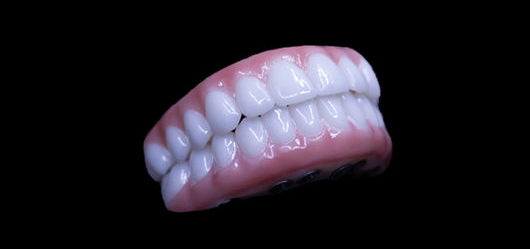Things about Dental Sense
Things about Dental Sense
Blog Article
The Dental Sense Ideas
Table of ContentsEverything about Dental SenseDental Sense for BeginnersThe Main Principles Of Dental Sense See This Report on Dental Sense
are medical gadgets operatively implanted into the jaw to bring back a person's capacity to eat or their look. They offer assistance for fabricated (fake) teeth, such as crowns, bridges, or dentures. When a tooth is lost because of injury or illness, an individual can experience issues such as rapid bone loss, defective speech, or adjustments to chewing patterns that cause discomfort.Dental dental implant systems contain an oral implant body and oral implant abutment and may also consist of a joint addiction screw. Dental veneers cost. The dental implant body is operatively placed in the jawbone instead of the tooth's root. The dental implant abutment is generally affixed to the dental implant body by the abutment addiction screw and prolongs through gum tissues into the mouth to sustain the connected man-made teeth
(https://medium.com/@matthewmusic33101/about)Framework of The Oral Implant System choosing oral implants, talk with your dental service provider regarding the potential advantages and risks, and whether you are a candidate for the treatment. Points to consider: Your overall wellness is an essential consider figuring out whether you are an excellent prospect for oral implants, for how long it will take to recover, and how much time the implant might remain in location.
Smoking might impact the healing process and lower the long-term success of the implant. The recovery process for the implant body might take numerous months or longer, during which time you commonly have a short-lived abutment in area of the tooth. the dental implant procedure: Thoroughly adhere to the oral hygiene instructions offered to you by your oral supplier.
Facts About Dental Sense Uncovered
Implant failing can cause the demand for another procedure to take care of or change the implant system. Recovers the ability to chew Brings back aesthetic look Assists maintain the jawbone from reducing as a result of bone loss Preserves the health of the surrounding bone and gums Helps maintain surrounding (neighboring) teeth stable Enhances lifestyle Damages to surrounding all-natural teeth during implant positioning Injury to the surrounding tissues during surgical treatment, such as sinus perforation Injury throughout surgery (for instance, fracture of surrounding jawbone) Poor function, such as really feeling like the teeth do not bite with each other usually A feeling that the tooth is loose or turning in position resulting from an abutment screw loosening Implant body failing (looseness of the dental implant body) as a result of systemic infection, which may be most likely in patients with uncontrolled diabetes mellitus because of neighborhood infection in bone and gums sustaining the dental implant body because of postponed recovery, which may be a lot more most likely in clients who smoke Difficulty cleaning up the periodontals around the implant, resulting in inadequate oral health Neglected gum disease Post-surgical feeling numb due to nerve impingement or damages Always notify healthcare suppliers and Web Site imaging professionals that you have dental implants prior to any type of magnetic resonance imaging (MRI) or x-ray procedures.
FDA is not mindful of any adverse events reported for MRI or x-ray procedures with dental implants. Dental implants systems are usually made from products that comply with worldwide agreement criteria of the International Organization for Standardization (ISO) or ASTM International. These requirements have information of what makes a safe product.

A dental implant is a framework that changes a missing tooth. With screw-like tools, the doctor inserts an implant right into the jawbone, and it functions as an anchor for a fabricated tooth, called a crown. A tool called a joint connects the fabricated tooth to the oral implant. The crown is tailor-made to fit the individual's mouth and match the color of their teeth.
Some Known Questions About Dental Sense.
Some individuals are not eligible for oral implant surgical treatment. It is for dental specialists to operate on people with: severe illnessuncontrollable metabolic diseasebone or soft cells condition or infectionIf these concerns are solved, an individual can have the surgical procedure. In, oral specialists avoid from operating people with: If people with any of the above go through dental implant surgical treatment, there is a greater risk of the dental implant falling short.

Dental implant surgical treatment is an individualized process. Offer you time to recover. Attach the article and final crown, bridge or denture.
Next, your doctor will carefully position the oral implant right into your jaw. If your dental implant is near the front of your mouth, your dental expert will certainly make a temporary tooth for you to put on till you heal.
Some Known Facts About Dental Sense.
Your provider can inform you what to expect in your situation. During the recovery stage, your jawbone needs to fuse to the dental implant. This procedure, called osseointegration, is critical for stability and long-term success. This procedure can take anywhere from 3 to nine months. In many cases, it may take longer.
Once your implant heals, your dentist can attach the joint (small adapter post) and your last repair (crown, bridge or denture). This typically takes regarding one hour to finish and might require a 2nd minor surgery. You shouldn't feel any discomfort during your oral implant treatment since your supplier will certainly use medication to numb your gums.
Report this page